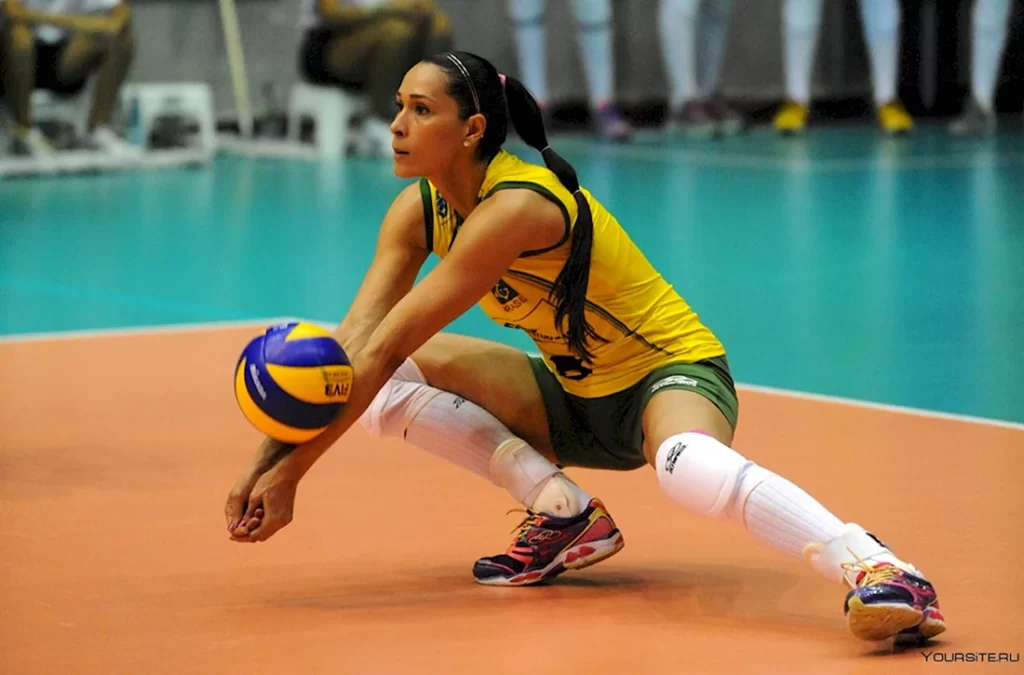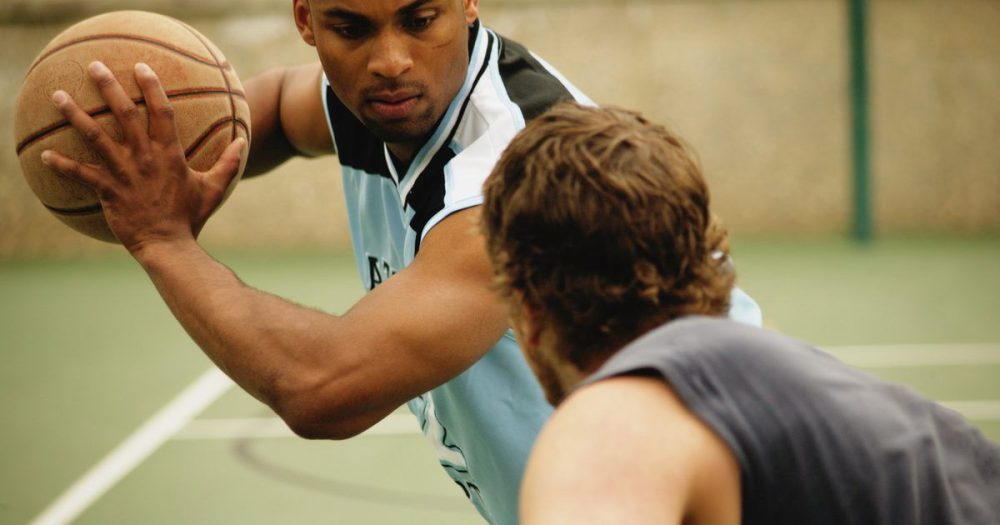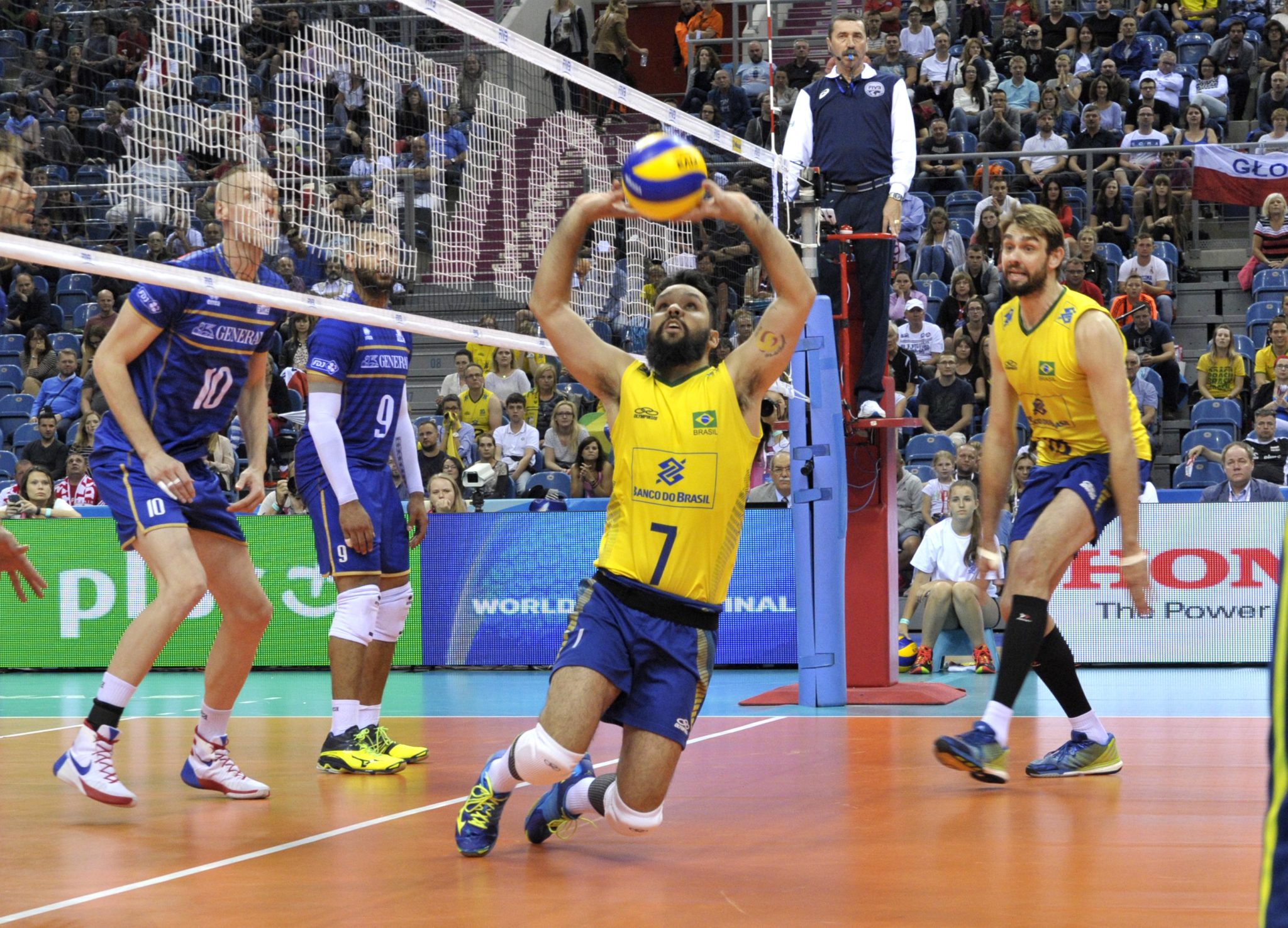The decisive ball is about to be served. Tension is in the air, every player is holding their breath and it seems as if time has slowed down. How can you win at this moment? Tactical techniques in volleyball help teams to keep a cool head and play their game. In this article, we present the most important tactics used by both professionals and amateurs to be successful.
The variety of volleyball techniques: everything you need to win tactically
Volleyball techniques are an athlete’s ability to adapt effectively to the situation on the court. The basic techniques include passing, serving and blocking. When passing, a player must know the speed and angle at which the ball must travel in order to reach the partner without the opponent being able to anticipate the next move. A good pass is the basis for a successful attack. Therefore, it is not only important to choose the right spot for the ball, but also to consider the trajectory of the ball. A serve that is too high will give the defender time to react, while a serve that is too low will send the ball into the net.

The serve is another key element that can be used to change the pace of the game. The classic serve allows you to focus on power, while the jump serve creates difficult angles that are hard to receive. It is important to find a balance between power and precision. This is the art – the ball must have optimal speed and spin to make it difficult for the opponent to reach.
Offensive tactics in volleyball
For a successful attack, a team must not only attack, but also keep the opponent constantly on their toes and create a threat from different angles. One of the most important factors in attacking is the technique of the attacking shot. The athlete must not simply strike, but do so with precision and create unexpected directions for the ball to fly. The angle of attack, the speed of the shot and the trajectory of the shot determine whether the defender can react in time.
Example: When a striker fires a powerful shot along the line, it forces the opponent to react immediately, which often leads to mistakes. An attack requires not only physical strength, but also good team coordination. Athletes need to be aware of how their position affects the overall dynamic and that every shot can be decisive.
Tactical plans in volleyball: How to recognise and exploit your opponent’s weaknesses
 Tactics in volleyball are the foundation of team play. Every successful strategy begins with a detailed study of the opponent and an understanding of their weaknesses. One of the most popular schemes is the 6-2 system, in which six attackers and two left-sided players provide flexibility between attack and defence. This system allows the team to constantly switch from defence to attack, which is particularly important against stronger opponents. With a 6-2 system, a team can alternate between aggressive attacks and immediate blocking, putting the opponent under constant pressure.
Tactics in volleyball are the foundation of team play. Every successful strategy begins with a detailed study of the opponent and an understanding of their weaknesses. One of the most popular schemes is the 6-2 system, in which six attackers and two left-sided players provide flexibility between attack and defence. This system allows the team to constantly switch from defence to attack, which is particularly important against stronger opponents. With a 6-2 system, a team can alternate between aggressive attacks and immediate blocking, putting the opponent under constant pressure.
Building a block wall: the game-changing defence
When several athletes join forces to block the opponent’s attack, they form an insurmountable barrier. The block wall technique requires synchronised jumping, correct weight distribution and precise timing of the jump. Players should stand on slightly bent legs in order to push off immediately and build up a defence. It is not only important to block the ball, but also to direct it so that it stays in play and can be dealt with by teammates.
A blocking wall becomes a real problem for the attacker if the defence anticipates the direction of his shot correctly. The right block is not only physical strength, but also the ability to read the opponent’s actions.
Defence as a tactic in volleyball: how to put the opponent under pressure
When the ball is coming at an athlete at 100 kilometres per hour, it requires a high level of concentration and training not only to fend it off, but also to keep it under control. In defence, it is important to keep your feet moving and be ready to change direction at any time. Agility and flexibility are key characteristics of a defender.
Receiving the ball can be broken down into several steps:
- Posture: You must position your body correctly in relation to the flying ball. The legs are slightly bent and the body is tilted forwards so that you can move quickly in the right direction.
- Placement of the hands: The hands should be stacked correctly, palms together, thumbs facing the ball to create a solid base for the shot. This helps to cushion the impact and put the ball in the right place.
- Ball control: When hitting a shot, you should soften the force of the shot by bending your elbows slightly. This will reduce the bounce and help you maintain control of the ball.
- Movement: After a shot, move quickly into a new position to be ready for the next action. It is important to take short and quick steps in order to stay in constant motion.
It is also important to know the basic principles that will help the defender fulfil his tasks effectively:
- Reading the game: The ability to anticipate where the ball is going to go plays a big role. Players must analyse the opponent’s movements and correctly assess the trajectory of the ball.
- Communication: The team must communicate on the pitch to avoid collisions and overlaps. Everyone must be clear about their area of responsibility.
- Division of responsibility: The athletes should divide the zones so that they cover as much space as possible. It is important to avoid situations where two players run to the same ball.
- Low centre of gravity: The defender should keep his centre of gravity low so that he can change direction more quickly and react to unpredictable shots.
Volleyball tactics and ball handling in defence require constant practice and understanding of the opponent’s positioning. Volleyball players must be able to work as a unit, help each other and share responsibilities.
Volleyball serves and their strategic importance
Each type of serve in volleyball has its own place in the tactical scheme of team techniques: the straight serve, the spun serve and the jump serve. The straight serve is more often used to control the game, while the spun serve makes life difficult for the opponent by forcing the ball to change direction in the air. It is important to realise that every serve must be executed with a specific goal in mind – either to cause problems for the receiver or to steer the game in the right direction.

The essence of winning lies in the details and constant practice
 Winning on the court requires not only physical fitness and technique, but also good tactics. Basic tactics in volleyball allow teams to achieve their goals by capitalising on every opportunity on the court. It is important to constantly develop, practise and adapt your strategies to your opponent in order to stay one step ahead. Try out these techniques in your own game and see how they can change the course of a match.
Winning on the court requires not only physical fitness and technique, but also good tactics. Basic tactics in volleyball allow teams to achieve their goals by capitalising on every opportunity on the court. It is important to constantly develop, practise and adapt your strategies to your opponent in order to stay one step ahead. Try out these techniques in your own game and see how they can change the course of a match.
 en
en  ru
ru  de
de  ar
ar  es
es  hi
hi  fr
fr  nl
nl  it
it  pt
pt  el
el 



